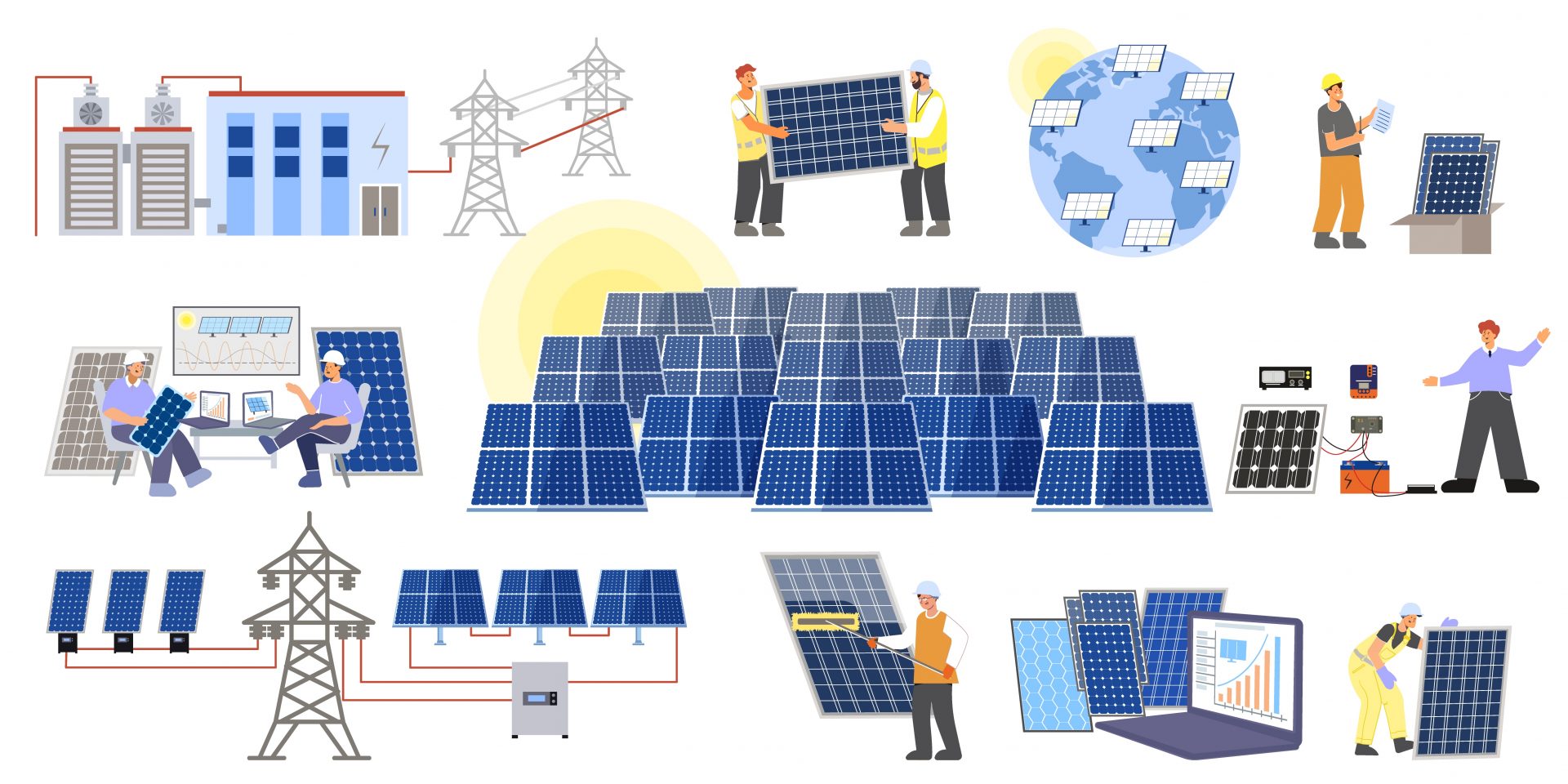
In the face of rising energy costs and increasing environmental concerns, homeowners are turning their attention to alternative energy solutions. Among these, the Backyard Revolution has emerged as a promising contender. But the question that lingers in the minds of many is whether this innovation is truly a viable solution for reducing electricity bills. This article delves into the essence of the Backyard Revolution, its cost-effectiveness, efficiency, and potential drawbacks to offer a clear perspective.
What is Backyard Revolution?
The Backyard Revolution is a term coined for a unique approach to home-based solar energy, specifically, a 3D solar panel system that is designed to maximize energy output while minimizing space. Unlike traditional flat-panel installations, this system is structured in a zigzag pattern, creating more surface area to capture sunlight at different angles throughout the day.
Historical Development
Originating from a simple idea to increase solar absorption, the Backyard Revolution has evolved from a DIY project into a full-fledged movement. It’s inspired by research from the Massachusetts Institute of Technology (MIT), which found that a three-dimensional setup could increase solar power generation significantly.
Evaluating the Cost-Effectiveness of Backyard Revolution
Initial Investment
The upfront cost of a Backyard Revolution system can vary, but it is generally less expensive than conventional solar panel installations. The main expenses include solar cells, wiring, and a battery for storing energy. For the DIY enthusiast, building a system can be a rewarding project with numerous online guides and resources to help.
Long-Term Savings
Over time, the Backyard Revolution system could lead to substantial savings on electricity bills. By generating your own power, you can reduce your reliance on the grid, thus insulating yourself from price hikes in utility rates. The key to maximizing these savings is proper installation and ensuring your system is appropriately sized for your energy needs.
The Efficiency of Backyard Revolution Systems
Space Utilization
One of the most significant advantages of the Backyard Revolution system is its space efficiency. The compact design requires as little as 10 square feet of space, making it ideal for urban dwellers or those with smaller yards. This setup makes solar power more accessible to a broader range of homeowners.
Energy Output
Despite its small footprint, the Backyard Revolution system does not compromise on power. The unique design can multiply the amount of solar energy harvested from the sun compared to traditional panels, assuming optimal conditions. However, actual energy generation can vary based on location, weather, and installation.
Installation and Maintenance
DIY vs. Professional Installation
For those with a knack for handiwork, installing a Backyard Revolution system can be a weekend project. The internet abounds with tutorials, and the community of enthusiasts is always ready to share advice. However, for those less inclined to DIY, professional installation is an option, albeit at an additional cost.
Maintenance Requirements
Maintenance of a Backyard Revolution system is relatively low-key. Regular cleaning of the panels to remove dust and debris, along with occasional checks of the system’s connections and batteries, will keep it running smoothly. The simplicity of maintenance adds to the system’s appeal for the average homeowner.
Potential Drawbacks and Considerations
Weather Dependence
Like all solar power systems, the Backyard Revolution’s efficiency is subject to weather conditions. Regions with less sunshine may see reduced effectiveness, which could impact the system’s ability to significantly lower electricity bills.
Regulatory and Legal Considerations
Before installing a Backyard Revolution system, it’s crucial to understand local regulations. Some areas may have restrictions on solar installations or require permits. Additionally, navigating the available solar incentives can be complex and may influence the overall cost savings.
Comparing Alternatives
Traditional Solar Panels
Traditional solar panels have a proven track record and are widely used. They typically have a larger footprint and may be more expensive, but they are also generally less dependent on the angle of sunlight and may produce a consistent output.
Other Renewable Energy Sources
For those who may find solar power unsuitable, other renewable energy options like wind, hydro, and geothermal power can be explored. Each comes with its own set of installation challenges and benefits that must be weighed against individual circumstances.
Conclusion
As we’ve explored, the Backyard Revolution has the potential to revolutionize how we think about home energy production. Its innovative design maximizes energy generation, which can translate to real savings on electricity bills. While there are considerations and potential drawbacks, such as weather dependency and regulatory hurdles, the system’s low initial investment and maintenance requirements make it an attractive option for those looking to reduce their carbon footprint and energy costs.
In a nutshell, the Backyard Revolution stands as a testament to the power of human ingenuity in the quest for sustainable living. Whether it is the right choice for you will depend on your specific situation, but with the growing need for greener energy solutions, it certainly merits consideration.
